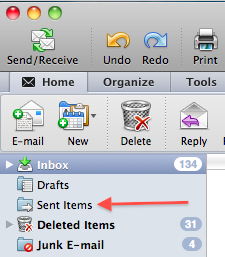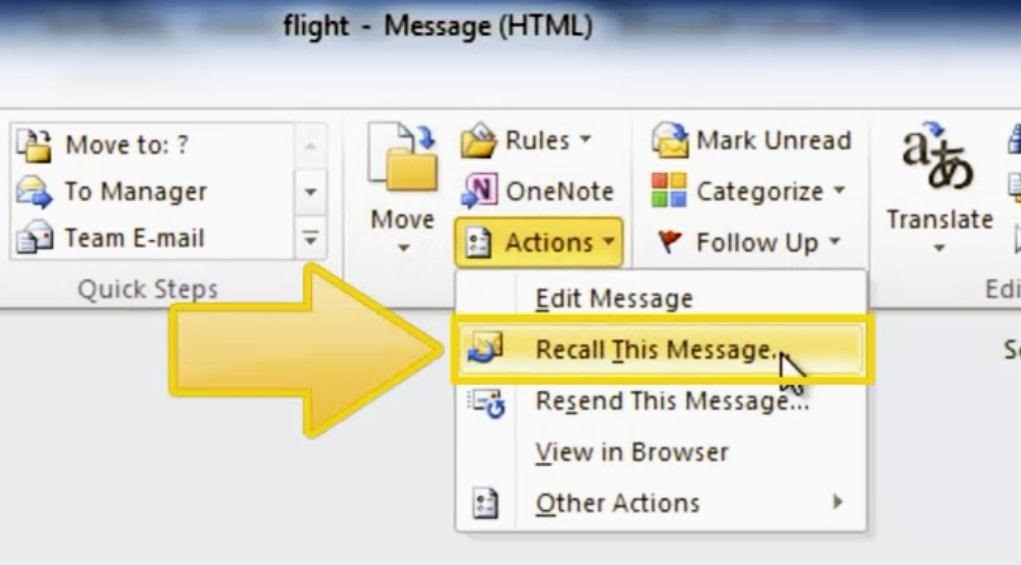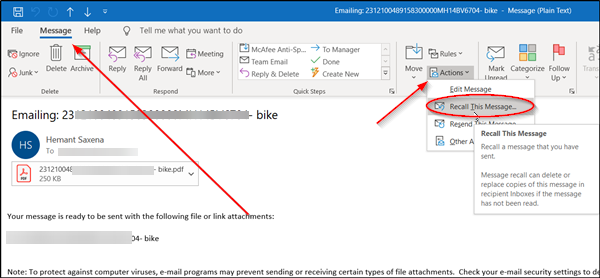

If they have, it'll remain in their inbox regardless of this setting.Īlso, if the recipient has a rule that moves your original email from the inbox to another folder, the recall request will fail. Again, though, this only applies if the recipient hasn't opened your original email. This setting can be found through File > Options > Mail > Tracking. However, if the recipient has Automatically process meeting requests and responses to meeting requests and polls enabled in their Outlook settings, the recall will happen automatically in the background and your original email will be deleted. While they will still receive the recall request, informing them that you want to delete the original message, it's their prerogative on whether to follow through. If they read the original message first, whether that's before you request a recall or after, the original message will remain in their inbox. Most importantly, the recipient must open the recall request before they open the original message. There's no universal rule that an email server should abide by a recall request in fact, it won't even be processed.Įven if you and your recipient are on the same Exchange server, that still doesn't mean guaranteed recall success. This is because once an email has left your internal server, you have no control over it. With that limitation in mind, recalling won't work on emails you've sent outside your organization to, for example, a Gmail or Yahoo account. On the Email tab, the Type column shows what type of account you're using. Now, copies of all your sent emails will be funneled into the Sent folder.Click Account Settings > Account Settings. Next, under Save Messages, make sure "Sent Mail" is selected in the drop-down box. In order to fix this, you'll need to navigate to File > Options > Mail.

If your email is not in the Sent folder, you won't be able to recall it. How to see your Sent folder in Outlookįor some Outlook users, sent emails are not saved in the Sent folder by default. As mentioned, if the recipient already opened your email, you won't be able to retract it. In a few seconds, Outlook will send you a message on whether the recall was a success or a failure. Tick the box that says, “Tell me if recall succeeds or fails for each recipient.” Click on "Delete unread copies of this message."Ħ.

For this tutorial, we'll be choosing the latter. You can replace the sent email with a new one, or you can delete it entirely from the recipient's inbox. How to recall an email in Outlook4 (Image credit: Future)ĥ.


 0 kommentar(er)
0 kommentar(er)
